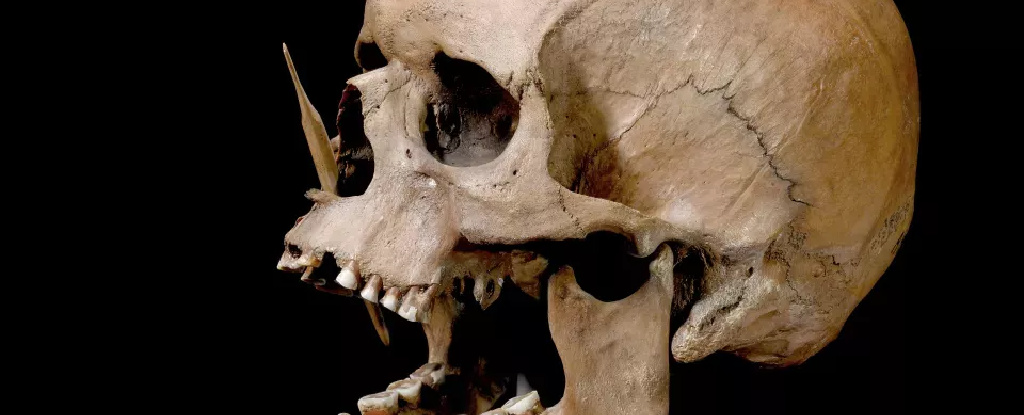The rise of farming in late Stone Age Europe was no smooth transition from hunter-gatherer lifestyles but a bloody takeover that saw nomadic populations wiped out by farmer-settlers in a few generations, a new study has found.
In fact, twice in just a thousand years, the population of southern Scandinavia was entirely replaced by newcomers to the area, whose remains bear next to no trace of their predecessors in DNA profiles, analyzed by an international team of researchers.
“This transition has previously been presented as peaceful,” explains study author and palaeoecologist Anne Birgitte Nielsen of Lund University. “However, our study indicates the opposite. In addition to violent death, it is likely that new pathogens from livestock finished off many gatherers.”
Using a technique called shotgun sequencing, the team analyzed DNA samples from 100 human remains found in Denmark. The remains spanned 7,300 years of the Mesolithic period (or Middle Stone Age when hunter-gatherer lifestyles started to decline), the Neolithic period (or New Stone Age when humans settled into farming life), and the Early Bronze Age.
Focusing on one specific region – that just so happens to have a climate suitable for both foraging and farming, and preserving human remains – allowed the researchers to map out the gene flows between populations, alongside changes in vegetation that reflect how they used the land.
The analysis shows that around 5,900 years ago, a farmer population drove out the hunters, foragers, and fishers who had previously populated Scandinavia, and lopped forests to make farmland.
Previous research (comparing DNA from a handful of skeletons) had suggested that these first Scandinavian farmers inherited around 30 percent of their genomes from hunter-gatherers, which would mean that their populations mixed – not that one wiped out the other.
Plenty of archeological evidence suggests, instead, that this was a particularly violent time, and the new study shows that hunter-gatherer DNA was essentially erased, hardly detectable in the genomes of Scandinavia’s first farmers.
But their dominance was relatively short-lived. The farmers, also known as the Funnelbeaker culture, lived for about another 1,000 years before another wave of new arrivals from the eastern Steppes moved in.
The newcomers carried with them their ancestry from the Yamnaya, a livestock-herding people with origins in southern Russia. They quickly replaced the Funnelbeakers, giving rise to a new cultural group called the Single Grave culture.
“This time there was also a rapid population turnover, with virtually no descendants from the predecessors,” Nielsen says, noting how the DNA profile of the first farmers to settle in Denmark has been essentially erased from modern-day Danish populations.
“We don’t have as much DNA material from Sweden, but what there is points to a similar course of events,” Nielsen adds.
Extensive archeological evidence unearthed before this study had chronicled this transition from the Funnelbeakers to the Single Grave culture, but the relationship between the two groups was often debated.
Now, by better understanding the ancestry of Danish and Swedish people, researchers hope they may be able to uncover genetic markers in ancient DNA that could explain modern-day health patterns – in the same way that scientists just pinpointed why multiple sclerosis is more common among white, northern Europeans than their southern counterparts.
“Our results help to enhance our knowledge of our heredity and our understanding of the development of certain diseases. Something that in the long term could be beneficial, for example in medical research,” concludes Nielsen.
The study has been published in Nature.





